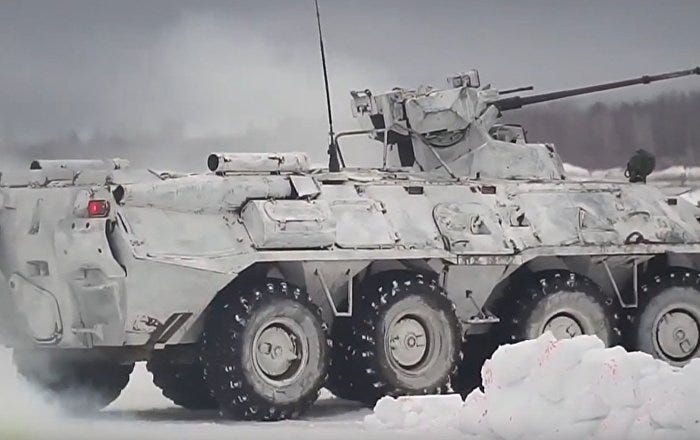Robot-Directed Warfare
"How would you design a robot to know the difference between what is legal and what is right?"
"And how would you even begin to write down those rules ahead of time?"
"What if you didn't have a human there, to interpret these to bring that whole set of human values to those decisions?"
Paul Shcarre, American Army Rangers
"They [unarmed Perdix drones] are a collective organism, sharing one distributed brain for decision-making and adapting to each other like swarms in nature."
William Roper, American Defense Department statement
"Machines with the power and discretion to take lives without human involvement are politically unacceptable, morally repugnant and should be prohibited by international law."
Secretary General Antonio Guterres, United Nations
 |
| Another Russian weapons manufacturer, Degtyarev, has developed an autonomous ‘suicide machine’ called the Nerekhta. This drone is built to stealthily traverse close to a target, and then explode with the force to destroy fortifications or enemy tanks. Towards Data Science |
Mr. Scharre tells the story of leading a Rangers group along the Pakistan border in Afghanistan when a goatherd was sighted with a radio and the assumption made, radioing their position to the Taliban. Rules of war permit soldiers to shoot anyone informing enemy forces of their location. The goatherd was a young girl and they made no move to de-activate her. This narrative fits into the concerns over autonomous weapons whom no human agency can direct.
It is a concern that this former U.S. military man expressed in his book, "Army of None: Autonomous Weapons and the Future of War". For the time being, these concerns do not yet face a reality; these weapons are still in the planning stages though the technology is moving quickly and as two senior U.S. defense officials state, the U.S. is "not even close" to bringing a completely autonomous weapon into the field.
 |
| Triton drones developed by U.S. defense contractor Northrop Grumman. © Reuters |
A drone held to have been produced in Israel was used by Azerbaijani forces three years ago to blow up Armenian soldiers travelling in a bus. According to the manufacturer's specifications such a drone can fly on automation to a specified site, fix on its target, dive toward it and detonate. It has been designed for human controllers to program and manipulate.
The U.S. Defense Department tested 103 unarmed Perdix drones, able to swarm a target. A Tracked Hybrid Modular Infantry System resembling a mini-tank with the capability of tracking down and firing on a target has been produced by Estonia. Human controlled, its manufacturer describes it as "autonomous and self-driving with growing A.I. assistance".
As technical advances create increasingly autonomous systems, experts studying the potential dangers inherent in such weapons -- including the United Nations' Group of Governmental Experts -- anticipate military planners tempted to bypass human controls completely. To this end, a treaty is being proposed prohibiting self-directed lethal weapons, winning but limited support.
 |
| A Chinese military vehicle carries a Pterodactyl I aerial drone at a parade in Beijing. Parents' reluctance to send their only children into combat has the military searching for less dangerous options. © Reuters |
An Israeli armed robotic vehicle named the Guardium has reportedly been used on the Gaza border. An aircraft able to autonomously take off and land on an aircraft carrier, refuelling in midair has been tested by the United States Navy. Britain, France, Russia, China and Israel all are assumed to be developing experimental autonomous stealth combat drones.
 |
| A Russian Uran-9 remote-controlled tank. Moscow has joined the rush for autonomous weapons systems. © Reuters |
The technology is advancing at an accelerated rate, raising fears of an arms race of autonomous weapons with China and Russia, leading to a sense of urgency for nations to work together -- the aim being to establish controls to ensure that humans never surrender such life and death choices in combat to the mechanical discretion of machines.
According to the two senior American defense officials, its military can be relied upon to act responsibly as they explore the use of artificial intelligence enabling weapons to attack swiftly and accurately while providing information on chaotic battlefields, giving early warning of attacks bypassing the risk of civilian casualties to reduce deaths by overcoming human error.
The call for a treaty banning such weapons, which an international coalition of over 100 non-governmental organizations have worked on since 2012 has been supported by only 28 countries.
 |
| Image depicts activists from the “Campaign to Stop Killer Robots” group, protesting outside the United Nations in Geneva |
Labels: A.I., Autonomous Military, Conflict, Drones, Weapons

<< Home